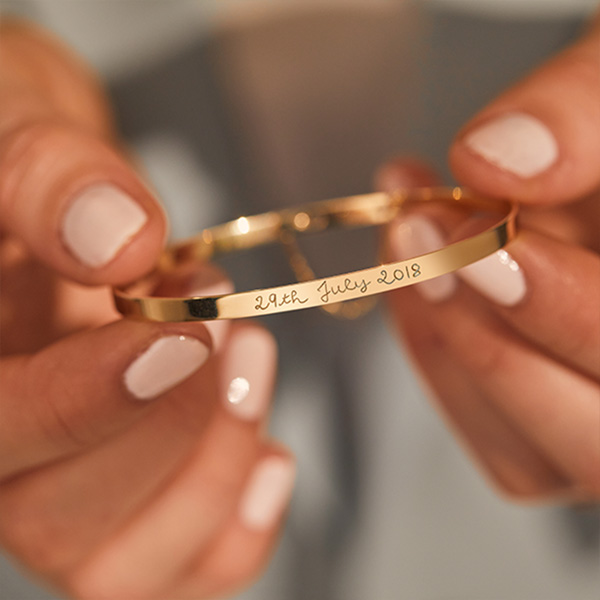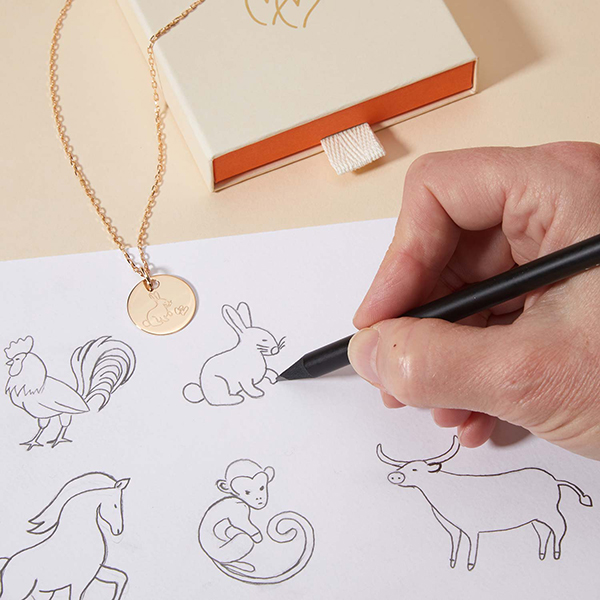Gold and Karats, we hear about them very often, but do we actually know what gold karats are and what they mean? In the simplest way, this article will try to explain everything you need to know.
Gold is a very delicate metal with a soft and malleable texture. Raw gold is usually used to create investment gold bars, which can be resold in the goldsmith industry. Given it’s soft texture too, raw gold is not suitable for the manufacture of jewellery alone. It often needs to be mixed with other metals that give it the right hardness to be crafted.
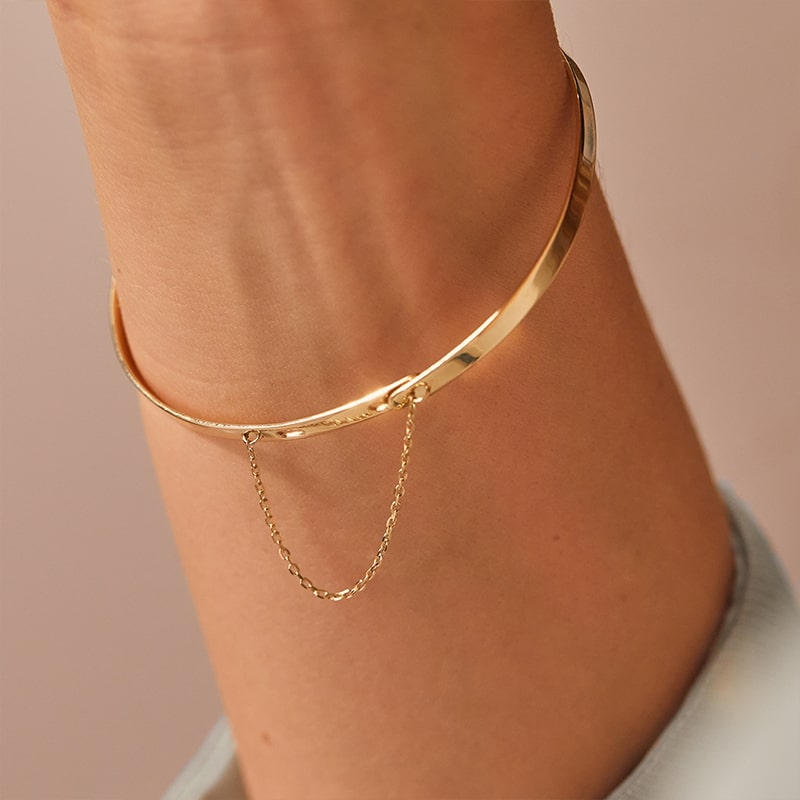
When raw gold is melted in with other metals, the process is called an alloy. Based on the quantities of metals mixed, a type of alloy will be obtained from a certain colour. For example, white gold is obtained by mixing pure gold with palladium or silver; rose gold is obtained by melting pure gold with copper, and so on.
The word carat refers to the amount of pure gold alloy used to produce a particular jewel or object. Pure gold is made up of 24 carats of gold. As we all know, there are various carats and below we will explain more about the difference.
18 Karats and 24 Karats: Discover the difference
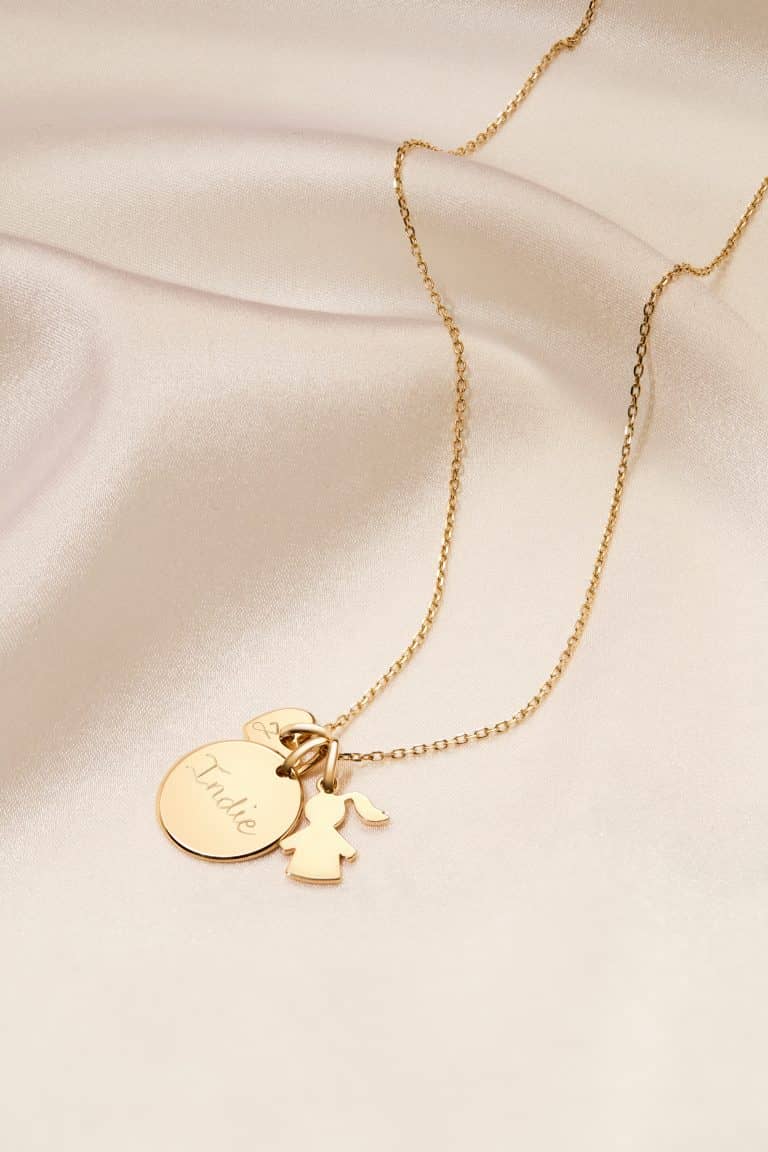
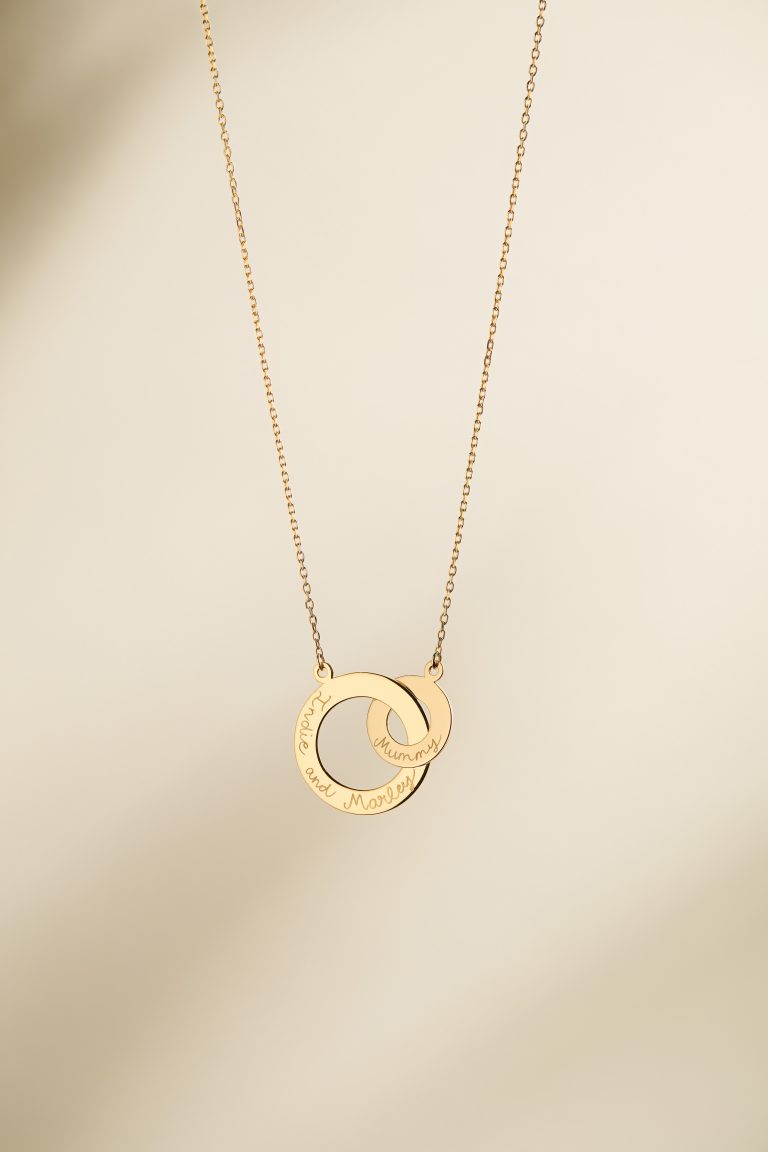
With gold jewellery, gold is often mixed with other metals based on the type of alloy you want to create. An alloy with a high carat will therefore contain more gold. But let’s dig deeper to what gold karats are and what the difference is between 18kt and 24kt gold.
- 24kt Gold refers to 999.99% pure gold. It is used to create bars and, given its durability, coins.
- An 18kt jewel is composed of 18 parts in gold and 6 parts in another metal, often silver or copper.
Some more facts…
- 14kt gold is the most common carat in the United States, consisting of 14 parts in gold and 10 in another metal.
- 9kt gold refers to the carat composed of 9 parts in gold and 15 in another metal. This is the minimum accepted legal standard of carat weight in several European countries
- 8kt Gold is the minimum standard in Greece and Denmark and is a carat composed of 8 parts in gold and 15 from another metal.
Different Types of Gold and karats: how to recognise the difference
Have you ever wondered how to tell real gold from fake gold? Keep reading for the easiest ways to know!
Gold is a noble metal, which means that it is resistant to corrosion, oxidation and acid. As you look through jewellery, look for any visible marks or spots. Also look for the marking or punching, which will indicate what percentage of gold an item is made of. For example, in the case of Merci Maman 18kt Solid Gold jewelry, you will find the 750 mark engraved. You can usually find these on the inner bands of rings or on the claps of necklaces.
Keep in mind that this form of marking became common in the 1950s in some areas, but in India, for example, it only became mandatory in 2000.
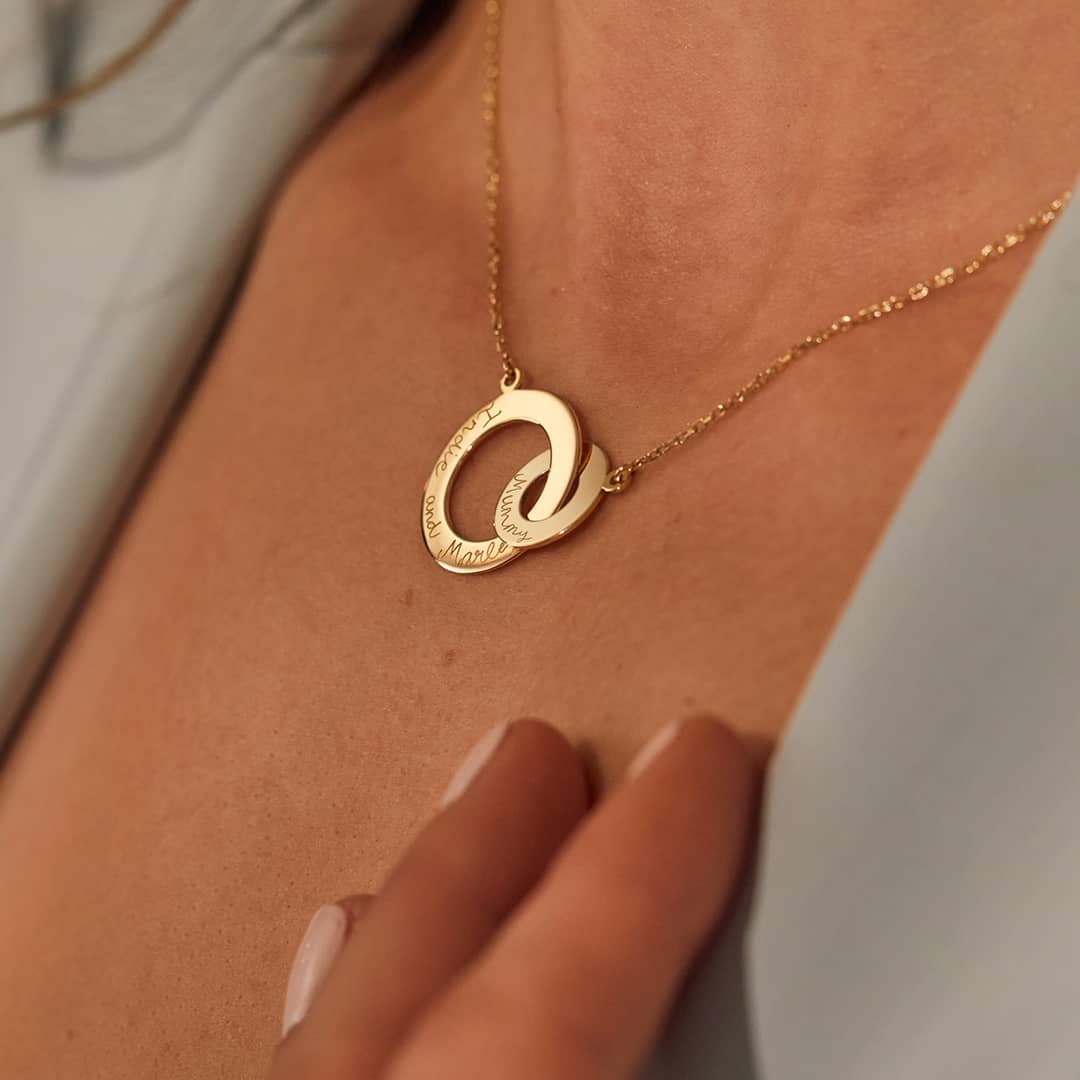
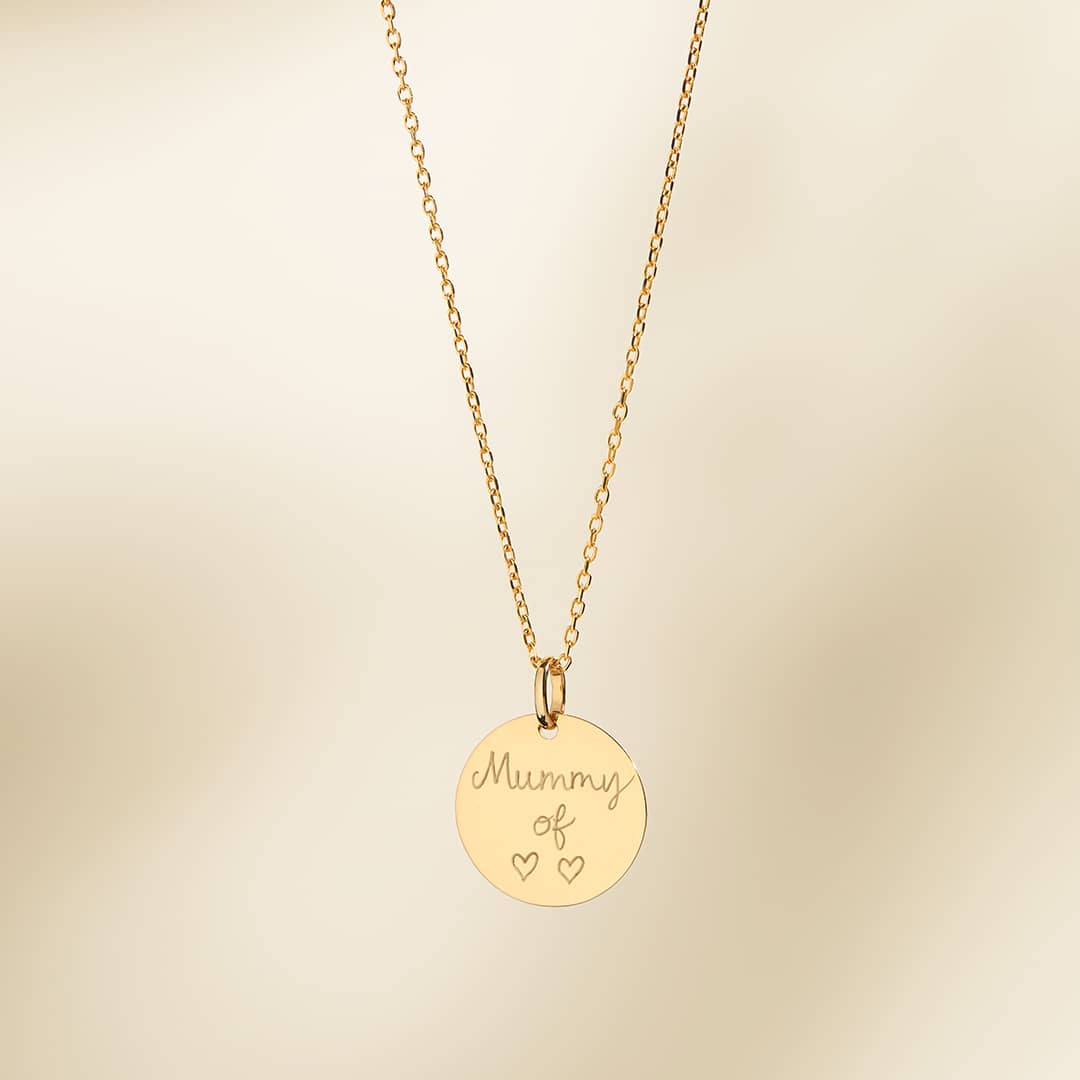
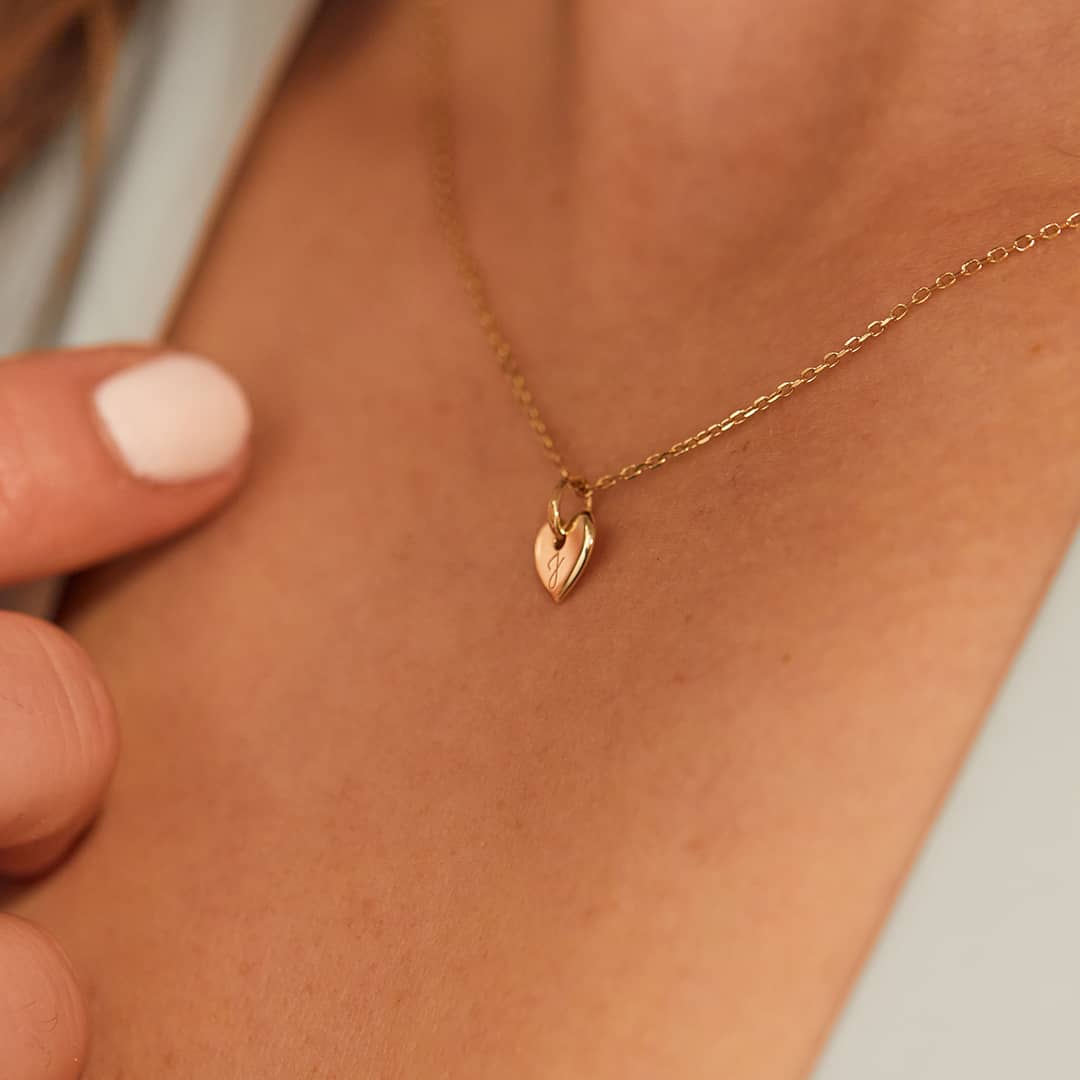
There are 2 different scales to indicate the amount of gold through the brand.
- The numerical classification system commonly used in Europe ranges from 1 to 999, where 999 means pure gold.
- In the United States, a scale of 0 to 24k is used, where 24k is pure gold.
Be wary as some counterfeit pieces may have markings that make them appear authentic. So don’t rely on the brand alone unless you are sure you have real gold in your hands!
FAQ
What is gold and why is it mixed with other metals?
Gold is a soft, malleable metal, which makes it difficult to use on its own to make jewellery. To increase its hardness and durability, it is often alloyed with other metals such as copper, silver or palladium. This process makes it possible to create hard-wearing jewellery while retaining the beauty of gold.
What is a carat and what does it mean in terms of gold purity?
The carat is a unit for measuring the purity of gold. Pure gold is 24 carats, equivalent to 99.99% pure gold. Gold jewellery can be 18, 14, 9 or even 8 carats, depending on the amount of pure gold it contains in relation to other metals.
What is the difference between 18-carat and 24-carat gold?
24 carat gold is 99.99% pure gold and is often used to create ingots and coins. By contrast, 18-carat gold contains 75% pure gold and 25% other metals, making it more durable and suitable for jewellery.
What are the characteristics of 14-carat gold?
14-carat gold is made up of 14 parts gold and 10 parts another metal, making it stronger than pure gold while retaining a beautiful golden colour. It is the most commonly used carat in the United States.
What is 9 carat gold and where is it commonly used?
9 carat gold is made up of 9 parts gold and 15 parts other metals. It is the minimum legal standard for carat weight in several European countries. It is often used for jewellery at more affordable prices, while offering a beautiful golden appearance.
How do you recognise genuine gold?
To recognise real gold, look for marks or hallmarks indicating the percentage of gold. For example, a ‘750’ mark means that the jewellery is made from 18-carat gold. These markings are usually found on the inner rings of rings or the clasps of necklaces. It's important to note that some counterfeits can have misleading markings, so it's best to have your jewellery checked by an expert.
What is the difference between the gold grading systems in Europe and the United States?
In Europe, the grading system uses a numerical scale from 1 to 999, where 999 represents pure gold. In the United States, a scale of 0 to 24 carats is used, where 24 carats corresponds to pure gold. These two systems indicate the amount of gold in a piece of jewellery, but use different methods to do so.
Why do rose gold and white gold have different colours?
Rose gold and white gold get their distinct colours from the metals with which pure gold is alloyed. Rose gold is created by mixing pure gold with copper, giving it a pinkish hue. White gold is obtained by alloying with metals such as palladium or silver, giving it a brilliant white colour.
Is 24-carat gold always better than 18-carat gold for jewellery?
Because 24-carat gold is almost pure, it is softer and can deform more easily, making it less suitable for jewellery worn on a daily basis. 18-carat gold, with its 75% pure gold content, is harder and more durable, making it more practical for everyday jewellery while still offering a luxurious appearance.
What other carats of gold are there and where are they commonly used?
In addition to 18 and 24 carat gold, other carats such as 14 carat, 9 carat and 8 carat are used in different regions:
- 14-carat gold is common in the United States and offers a good balance between purity and durability.
- 9 carat gold is popular in some European countries and is often used for more economical jewellery.
- 8 carat gold is the minimum standard in Greece and Denmark, offering an affordable option while maintaining a beautiful golden appearance.
Is alloy gold less precious than pure gold?
Although alloy gold contains less pure gold than 24-carat gold, it can be just as valuable because of its durability and increased strength. Alloy gold jewellery, such as 18-carat gold, is often preferred for its ability to withstand everyday wear and tear while maintaining a beautiful appearance.
Can low-carat gold jewellery be transformed into higher-carat gold?
It is not possible to transform low-carat gold jewellery into higher-carat gold simply by adding more gold. The jewellery has to be recast and re-bonded with the right proportion of metals to obtain the desired carat. This process is complex and requires the expertise of a professional jeweller.

